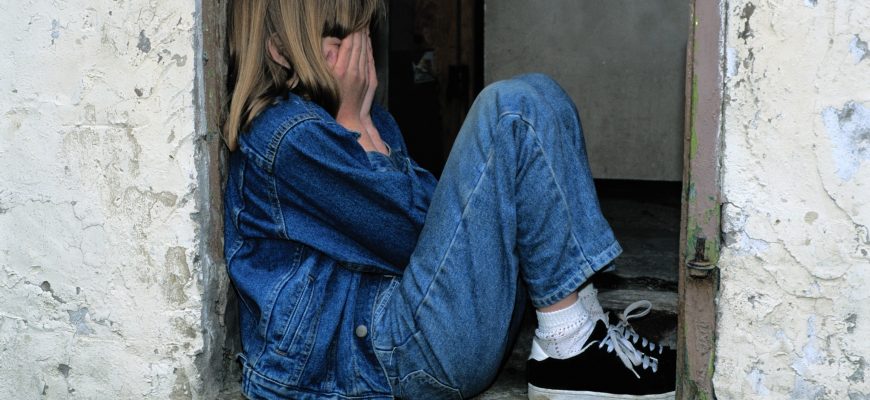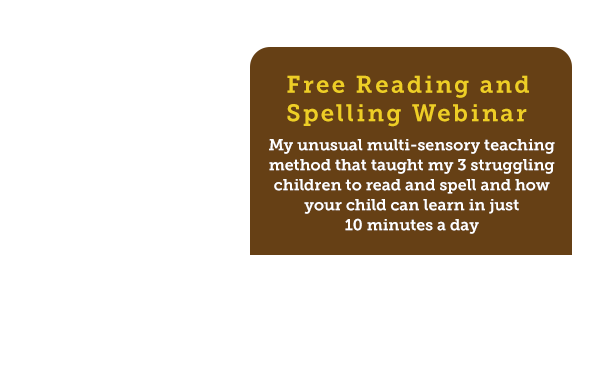The problem with having a learning difficulty, disability or difference is that you can’t see it. It’s not like the child or person who has a physical disability, where you can see they are in a wheelchair or on crutches. A child with a learning difficulty won’t look any different from the outside. The problems are going on inside and what happens is that the child starts to show signs and symptoms in their behaviors instead.
Here are the ten things that you as a parent or teacher should look for in your child or students, that might indicate they have difficulty learning.
1. Displays of anger and frustration
We often associate this with boys and this might happen more in boys, but it can also occur with girls. A child may become physically and verbally abusive. A young child may break their pencil, tear up their papers or say things in frustration; teenagers might put holes in walls.
2. Being disruptive or creating a diversion
When a child can’t receive positive reinforcement for being able to give the correct answers, they may look for negative reinforcement instead.
This might be the child who “mouths off,” is being rude or outspoken. When a child is struggling with the work, they may simply refuse to attempt the work at all. Sometimes they might pretend to be ill, ask to use the bathroom excessively or refuse to go to school at all.
3. Experiencing extreme sadness
This is the child who might be overwhelmed by the school work that is in front of them. A child who is overwhelmed may cry for no apparent reason, might be inconsolable and become upset very easily. Sometimes these children won’t want to leave the house and may appear extremely sad or flat.
4. Lacks self-confidence
When a child lacks in self-confidence, they may say things like “what’s the point,” “I just can’t do it” or “I’m hopeless.” This might be a child who refuses to attempt work, even when there are support systems in place. Sometimes this child may not want to participate in classroom activities, sporting events or social activities because they may feel they have nothing to offer.
5. Suffers from feelings of constant embarrassment
Generally, this feeling of embarrassment is with older children or teenagers. This might be a child who avoids being the center of attention and may even refuse to answer questions, even when they know the answer. The embarrassment they feel may prevent them from socializing and makes them feel exposed when they feel people are looking at them.
6. Feels exhausted and drained
A child with a learning difficulty is working so hard to keep up, they often feel mentally exhausted. This means they may come home exhausted and drained. They may refuse to do homework and complain they are too tired. They may just want to go to their room, play on their game consoles or watch a movie. These children may have been good at school and then come home and unleash on their family.
7. Withdraws
When a child gives up, they may simply begin to withdraw and stop taking part in classroom activities. They might begin to go through the motions completing the work they can, but not mentally engage, only speaking when spoken to directly.
8. Feeling bullied by life in general
You might hear comments like; “I hate school” or “the whole world is against me.” This child is having difficulty fitting in and finding friends. They may feel bullied by teachers and students or even become bullies themselves as a coping mechanism.
9. Experiences anxiety and panic attacks
When things progress further along the child may show physical signs of anxiety like nail biting, teeth grinding, chewing on their hair or clothes or even self-harm. The levels of stress these children suffer from may prevent them from thinking clearly and completing tasks even those they are capable of. A panic attack is full-on anxiety, that takes hold and prevents the child from functioning at all.
10. Experiences depression
Clinical depression is a sense of helplessness and hopelessness that occurs over a prolonged period. Depression can have severe and ongoing ramifications and is not something as a parent; you should attempt to manage.
Remember it is important to act early. The sooner you identify these behavioral issues at the beginning of this list and address them, the less likely they will progress further down the list.
This is just a brief outline of these 10 behavioral signs and symptoms that children might show if they are struggling to learn. If you would like to learn more about this topic get a copy of my book, Helping Children with Dyslexia from here or join a webinar to learn all about my new reading and spelling method, the Speech to Spelling Code™ here.




















Dyslexia runs throughout my family. I myself have tested profoundly dyslexic. The tester said she had never tested anyone at the level I was of profound. From that I could build my life. The same thing happened with my grandchildren. Once they were tested and proven to be dyslexic. We could open the world up for them and I put in a lot of time and effort and self-education while I was going to college and while I was in the University. This Susan Barton program was the one that I used for rematch will work. There is several others out that are probably just as good. These are imperative for a child that is dyslexic. My one grandson. Once he could read. He was a complete different child and still is, it is day and night different. And we emphasize with that child for him to concentrate on in school what his best subjects for and just work around and had some of or just plain view that he is not able to grasp this is dyslexia. You will be good and one thing and another thing is a struggle and there is no need to put anyone through that abuse. Leave it go. Not necessary. I myself when working with other people with dyslexia. Emphasize accommodations. 1 of my big accommodations as photo math. It works. And so does this voice to text.
Amazing story Thomas and how wonderful that you as a grandfather have been able to step up to support your grandchildren. Some great tips here for others as well. Kind regards Liz D
The work you are doing here Liz is amazing. Until recently, I had no idea how many hundreds of millions of people were affected by dyslexia. Reading your reports and information here, I now recognize traits and tendencies, indicators, that explain why me and many of my colleagues and family have had difficult times.
The frustration, the shutdown, the feelings of inadequacy which caused defense mechanisms to kick in. It all makes sense now. For my little boy, who exhibits some of these clear signs already, I know that work like yours will help him and many more. Keep going Liz, and thank you.
Thanks Phil for your lovely feedback. I love to hear that my work is helping others, It’s what keeps me going. Kind regards Liz